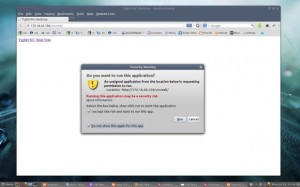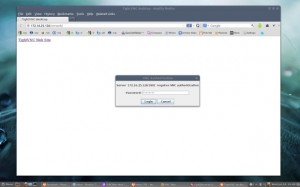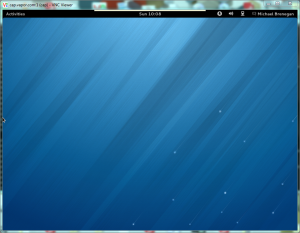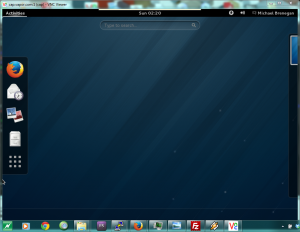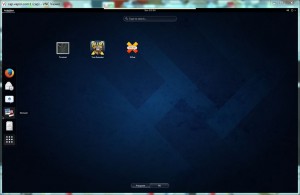 Well, I did it! About 10 days after I started with the F13 server, it is now happily sitting at F20. I knew that this last jump F18>20 would be a fun one indeed, since Fedora has decided to abandon mysql in favor of mariadb. No idea what their issues are, but that means that quite a few applications on the server that want mysql would fail, for example, the blogs. This change happened in Fedora 19. Another change that happened is that F18 and above no longer support anaconda upgrades as has been the practice up to this point. So, I had to approach this one logically. First step, was to backup all the mysql databases to one of the storage drives. Just in case….. 😉
Well, I did it! About 10 days after I started with the F13 server, it is now happily sitting at F20. I knew that this last jump F18>20 would be a fun one indeed, since Fedora has decided to abandon mysql in favor of mariadb. No idea what their issues are, but that means that quite a few applications on the server that want mysql would fail, for example, the blogs. This change happened in Fedora 19. Another change that happened is that F18 and above no longer support anaconda upgrades as has been the practice up to this point. So, I had to approach this one logically. First step, was to backup all the mysql databases to one of the storage drives. Just in case….. 😉
$ mysqldump -u username -p[password] -–all-databases > file.sql Next step was to make sure that I had the latest fedup (Fedora Upgrade), since version .7 was buggy. So, I used yum (as root user) to grab version .8. # yum install fedup Finally, it was time to start the upgrade process. the way it works is that fedup downloads all the packages and the dracut image, and then tells you to reboot where it actually upgrades. # fedup-cli --network 20 --nogpgcheck I used fedup-cli rather than fedup because I was using a ssh session, and wasn't actually AT the server. ;) After a reboot, I was left with a Fedora 20 Desktop environment. So, I looked things over, and as expected the blogs were dead due to mysqld no longer being installed. I also noticed that the ices streamer was dead as well. Those seemed to be the only casualties, so I set off to work on them. First up was the mysql problem. Way to fix that would be to remove mariadb and install community-mysql. (As root user): # yum remove mariadb mariadb-libs mariadb-server # yum install community-mysql-server community-mysql-libs community-mysql akonadi-mysql qt-mysql # systemctl enable mysqld # service mysqld start I checked the blogs, and looks like I don't need my sqldump, as all the data was there. Next on the list was the ices stream. I checked to make sure libshout as well as libshout-devel were still installed, and they were. So, figured it probably needed to be recompiled. Remember? We had to do this before.... Trouble with ./configure, though. It XML was listed as No. That isn't going to work, so I got out a big hammer..... (As root user): # yum install libshout libshout-devel libogg-devel libvorbis-devel libtheora libtheora-devel libspeex libspeex-devel lame lame-devel toolame twolame twolame-devel libxml2 libxml2-devel faad2 faad2-devel flac flac-devel curl-devel libxslt-devel libgcrypt-devel libgpg-error-devel libidn-devel When I ran ./configure again and then make, it failed with flac errors, and since I don't stream flac files, I removed those two like this. # yum remove flac flac-devel Now, ./configure again, and then make again, and it compiled fine. So, I became root user and did make install. This installs the binary by default as /usr/local/bin/ices. My setup needs it in /usr/local/icecast/bin/ices. I've always kept it in both places for standardization. But, I'm getting tired of always having to copy it there, so I created a symbolic link like so... (As root user): # ln -s /usr/local/bin/ices /usr/local/icecast/bin/ices Started the stream and verified it was running, and that is that. Last tasks are to image the system drive for the last time and update the system using yumex. :D

